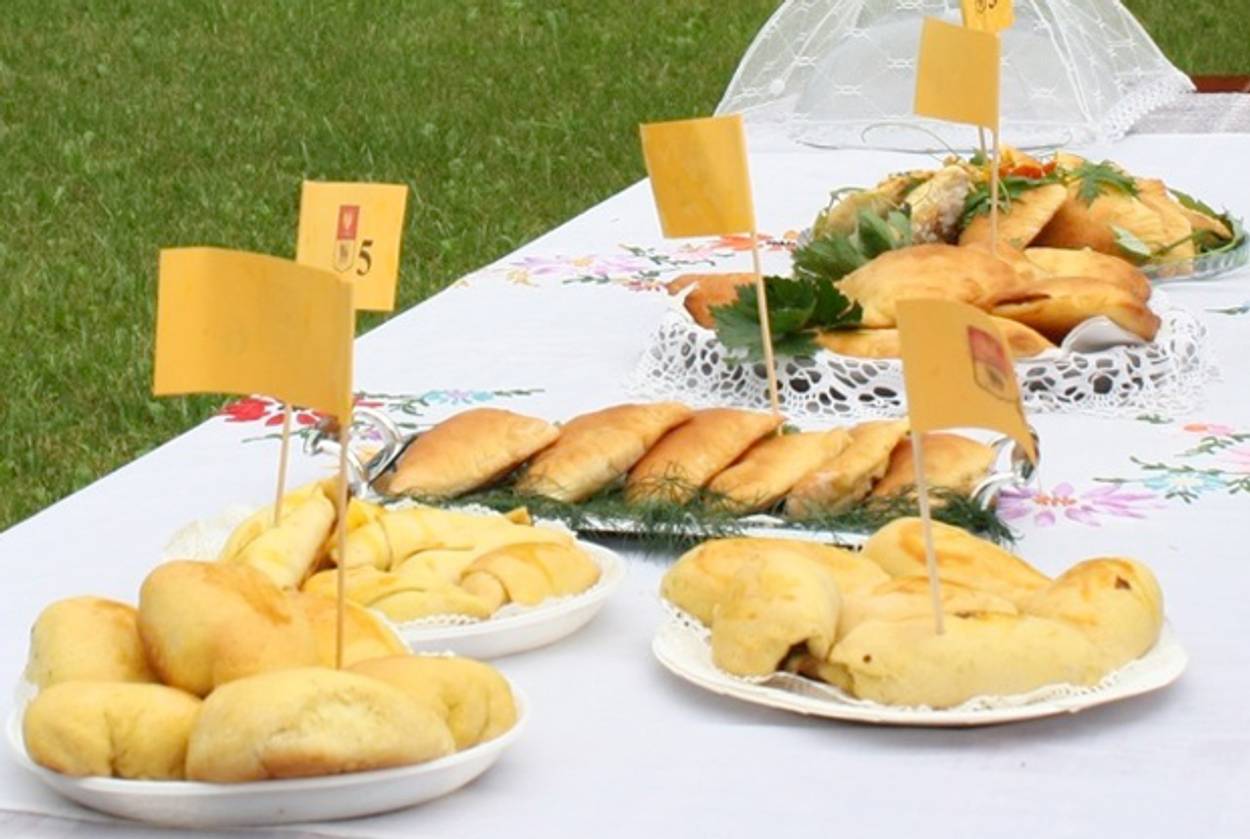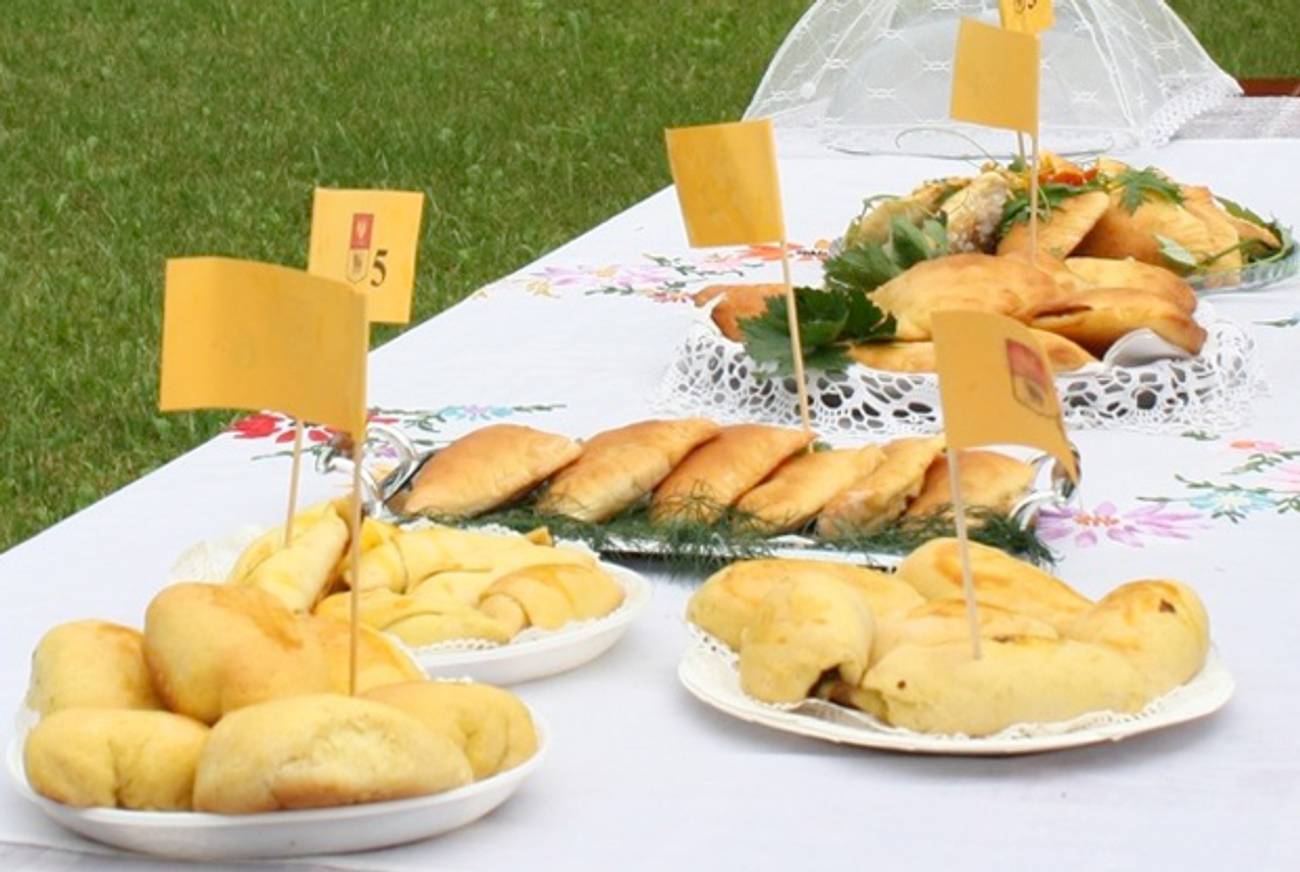Don’t Worry, The Knish Isn’t Going Anywhere
Why a recent fire at a major knish factory isn’t the end of the fried potato pie




There’s certainly a knish deficit in our midst, but is it really a crisis? Following a machinery fire at Gabila’s in Copiague, N.Y. last week, metropolitan area news outlets have reported on the dearth of yellow, square, fried Coney Island potato pies with varying degrees of hyperbole.
“Did you feel that?” chimed the New York Observer. “It was like a million knishes cried out in terror… and were suddenly silenced.”
Inadvertent—and decidedly grotesque—analogies aside, it’s time to put the temporary square knish shut-down in context. This hiccup pales in the context of 5,000-plus years of fire drills, exile and catastrophe. Plus it’s not the first time Gabila’s—or even the knish—has been in the hot seat.
Gabila’s founder Elias Gabay, a Sephardic shoemaker, arrived in New York from Niš—then Yugoslavia, now Serbia—in 1919. Two years later, he and his wife, Bella, opened a basement eatery on Forsyth Street on the Lower East Side. Mr. Gabay sold knishes from a pushcart on Delancey Street. In 1925, he set his sights on citizenship and was turned down for “lack of knowledge.” On the second try, he told the judge he was a “a king” [of knishes, as stated on his business card] and became an American. Soon after he moved his factory to Williamsburg, Brooklyn. And in 2006, his descendants sold the knish plant and exiled themselves to Copiage.
Before the knish landed on American shores, it had already entwined itself with grief and hardship. The town of Knyszyn, Poland is home to a legend that links the savory pastry to professional mourners hired to cry at Catholic funerals. These wailer-women were known to hand out wrapped pastries—knysza—to comfort the bereaved. A version of that practice continues today.
Similar to the Mexican holiday of Day of the Dead; Poles observe Wszystkich Świętych, or All Saint’s Day, as part of a series of solemn days when Poles—96 percent of whom are Catholic—take to the graves of loved ones. Families cross the country to deposit wreaths and bouquets at headstones and to light long-burning candles in tall glass jars. Some people eat meat-filled knysza as a token of remembrance.
Meanwhile, modern-day potato pie entrepreneur Noah Wildman rolls and fries yellow squares in his kitchen. “It’s dough, it’s onions, it’s potatoes!” says the founder of the Lower East Side-based KnisheryNYC, who estimates that that an untrained cook could turn out a dozen golden squares in less than two hours.
Those who choose not to fry their own potato squares in this time of temporary scarcity might be pleased to know about a segulah—a kind of protection or verbal amulet—that clings to the wall above the Xerox machine at Gabila’s headquarters. The photocopied Hebrew calls for financial stability, success and watchfulness—against evil, or in this case, in favor of knishes.
Laura Silver is a writer-in-residence at the New York Public Library’s Wertheim Study and the author ofKnish: In Search of the Jewish Soul Food, due out from Brandeis University Press in May 2014.